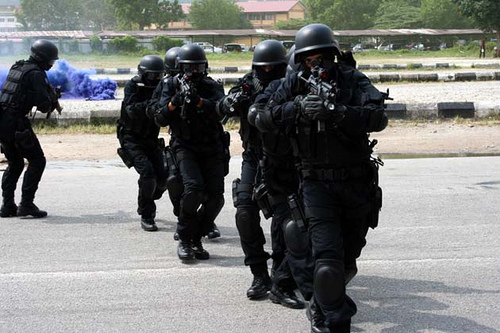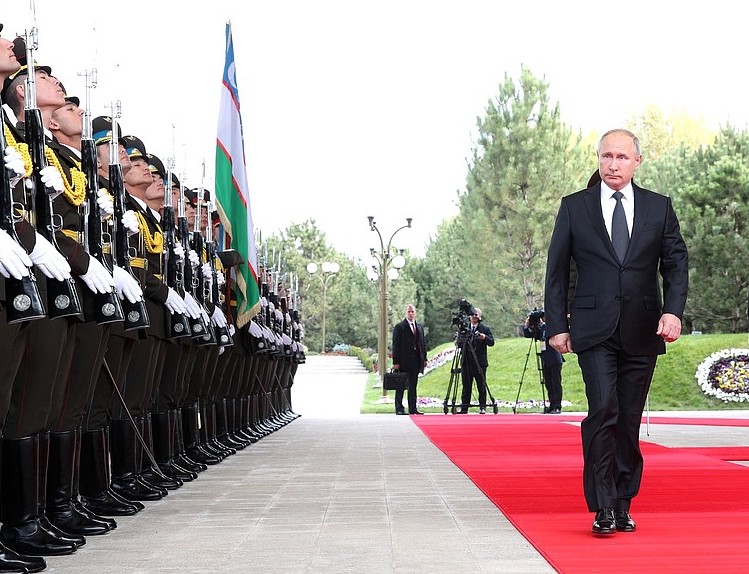
The issue of international terrorism has been a major concern for many states, especially after the World Trade Centre attacks on September 11, 2001. The United States and Israel are known to have established an extensive Special Operations programme aimed at targeting terrorist leaders. While this knowledge was not readily available to the public in prior years, this debate has recently become more heated with the 2011 assassination of the leader of Al ‘Qaida – Osama Bin Laden. Since then, the strategy of leadership decapitation has received much more attention from the public and the media. However, is this strategy of targeted assassinations of high ranking terrorist leaders effective?
Some scholars (such as Bryan C. Price) argue that targeting leaders significantly reduces a terrorist group’s operational capability due to the fact that the leader is the most skilled and experienced member of the group, thus killing him disrupts the group’s routine. Removing the leader also causes the organisation to divert resources to protecting future leaders. Furthermore, leadership succession could destabilise the organisation and members might be reluctant to assume a leadership role due to the fear of being targeted.
It is known that for a decapitation to be successful the leader of the organisation must be important to the success of the group and leadership succession must be difficult. Terrorist groups and leaders do not answer to any higher power (such as shareholders or lawmakers) and are not limited by notions of morality and legitimacy, thus these groups will not be pressured by society to act in a certain pre-determined way. Price argues that terrorist groups have a particular organisational structure, which makes them susceptible to leadership decapitation. These organisations have three main characteristics: they are violent, clandestine and values-based.
Violent organisations rely heavily on their leader’s experience and charisma due to the fact that they exact violence, but also are susceptible to it. In terrorist organisations, the leaders have no other authority except for charisma; they do not have legal structures or conventional norms to exercise authority.
Clandestine organisations refrain from institutionalisation in order to protect the details of operation, making leadership succession in these organisations more difficult. These organisations often have a strict hierarchy, but the decentralised nature of operational cells creates the risk of instability once the leader is killed or captured. Top leaders are also hesitant to teach lower ranking members of the group the details of how to run the organisation, creating a power vacuum once the leader is gone.
One key argument Price makes is that terrorist groups are often value-based organisations. These organisations do not act for profit (like drug cartels), but have more complex, ideological goals. The leaders of these organisations must possess skills needed to engage in transformational leadership. Transformational leadership requires molding and changing members’ belief systems and values to fit those of the organisation (and often the leader). Thus leaders in these types of groups must have great charisma, which is hard to replace.

Price does mention that leadership decapitation might be unsuccessful if all three of these characteristics are not prominent in an organisation. For example, drug cartels are both violent and clandestine, but they are not value-based. This means that once a leader is killed or captured, it will be much easier for another person to assume the leadership role as the only incentive is profit and not as much expertise is needed to run the organisation.
Other scholars such as Patrick B Johnston argue that leadership decapitation is inefficient mainly due to martyrdom effects. Johnston believes that if an organisation’s leader is assassinated, the members of the targeted terrorist organisation will want revenge and exact more attacks. They will also grow in numbers to help fight against an unjust power which uses highly controversial military strategies such as leadership decapitation. Thus it will in fact be much easier to replace a leader if the organisation is constantly being supplied with large numbers of motivated new members.
Johnston also focuses on the structure of terrorist groups arguing that they are usually decentralised, and operate in a cluster of cells which make up the whole of the organisation. He argues that leadership decapitation is inefficient due to this cell-orientated nature of terrorist groups. Once a leader is assassinated, it might affect one small cell of the operation, but the movement as a whole will likely continue largely unhindered.
James Russell published an article on the subject in The Guardian, and argues that leadership decapitation is not a legitimate military strategy. He has criticised the confirmation hearings of John Brennan for the director of the Central Intelligence Agency (back in February 2013) saying that the US has become “brain-dead” in addressing the country’s strategy and strategic issues. Russell argues that the US has seen a substitution of tactics over strategy in the last decade. He explains that leadership decapitation is an approach to counter-insurgency strategy, yet counter-insurgency is nothing more than a tactical approach on the battlefield, thus it cannot have a dual nature as a strategy as well.
He argues that leadership decapitation is a recipe for endless war as it only creates more disdain in hostile regions and spreads a bad reputation of the state. Russell draws two cases – France in Algeria, and Israel’s conflict with Hamas. He asserts that neither of the two conflicts in which leadership decapitation was (and in Israel’s case, still is) implemented as a large-scale strategy has been successful. In fact, it only prolonged the wars and seemed to make peaceful resolutions less likely.
Ignoring the moral and ethical issues related to targeted killings, there is a large amount of disagreement as to the effectiveness of leadership decapitation as a counter-terrorism strategy. Many individuals who do support this strategy do claim that it is not a ‘silver bullet’ solution, but it is a viable strategy of combating global terrorism. The effectiveness of targeted assassinations might very well depend on the type of organisation and conflict scenario. States should therefore limit the use of targeted killings, only resorting to them in specific situations. For example, when the targeted organisation is quite small and centralised, it will suffer more from leadership decapitation than a larger network capable of re-fashioning their dead leader as a new martyr.




